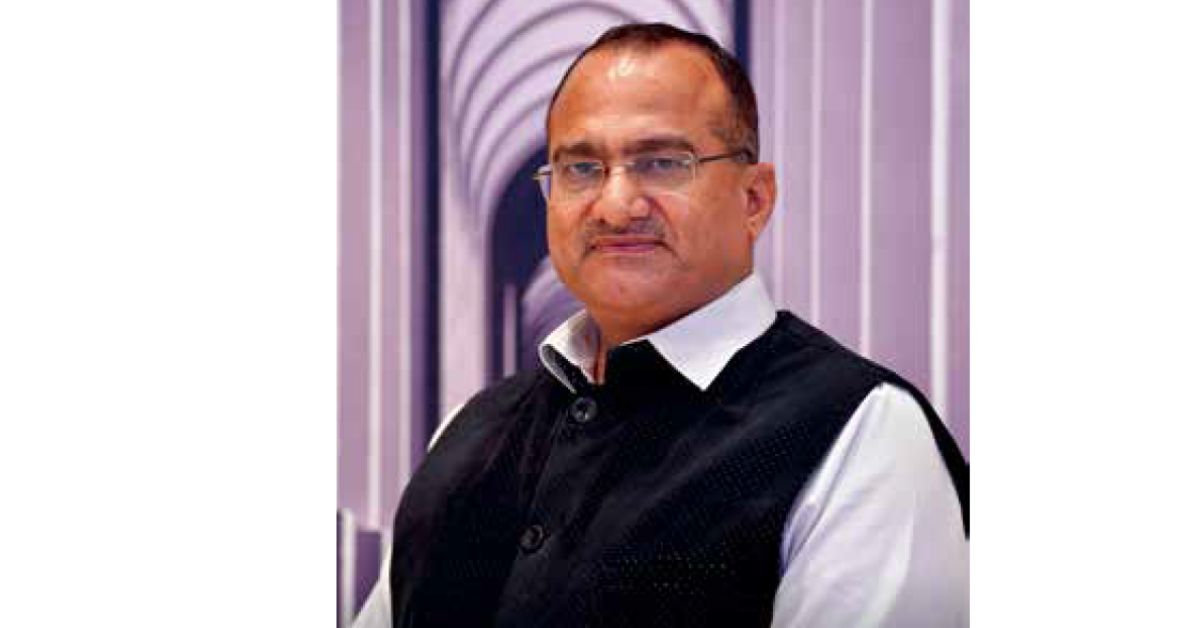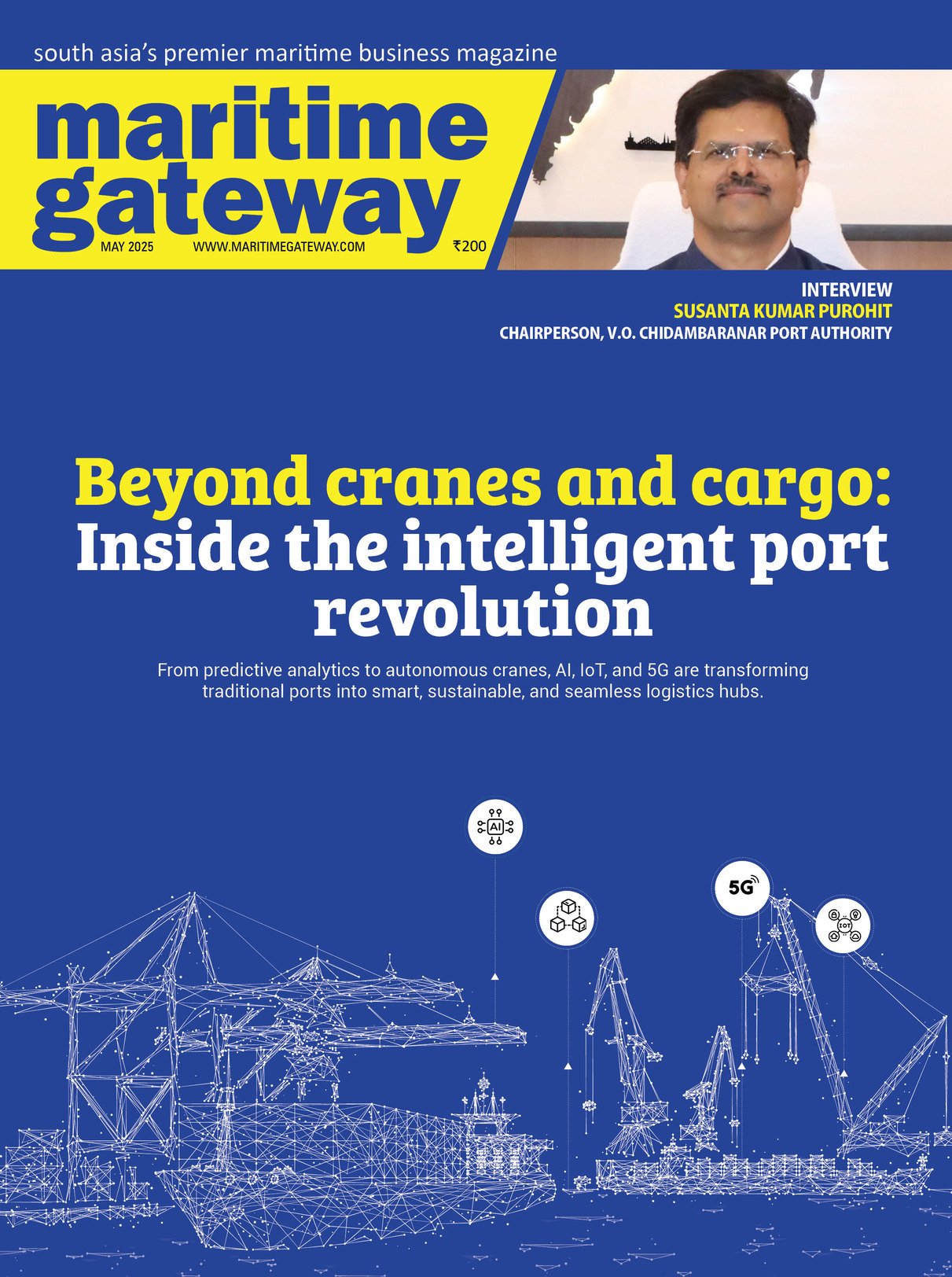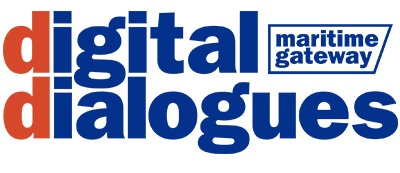Navi Mumbai Airport has been in the spotlight recently. Could you share the latest updates on the project?
Absolutely. Navi Mumbai Airport is progressing well. We began groundwork back in August 2000, and a lot of effort has gone into land acquisition and development. We’re now nearing completion, and once operational, it promises to offer a world-class experience for travellers and cargo users alike. We’re initially targeting a capacity of 20 million passengers, with future scalability planned to handle up to 90 million passengers and around 9,000 aircraft movements.
How does Navi Mumbai Airport fit into India’s broader aviation growth story?
India’s aviation market is booming. This year alone, we’re hitting close to 400 million passengers, and projections show we’ll cross 480 million soon, heading toward 536 to 540 million passengers annually. With that kind of growth, Navi Mumbai Airport plays a vital role in decongesting existing hubs like Mumbai and enhancing connectivity across the country. It’s part of our strategy to support both passenger and cargo growth as India becomes the third-largest aviation market globally.
Tell us more about India’s aviation growth trends—what’s driving this momentum?
India’s aviation sector is booming, with demand (9.9%) outpacing capacity growth (7.7%). Domestic and international travel are surging, positioning India as a key global hub. Infrastructure expansion is critical, and airlines like Indigo are setting efficiency benchmarks with aircraft turnarounds under 30 minutes.
You mentioned a partnership with Indigo. What does that involve?
Yes, we recently signed a significant partnership with Indigo. They’ve shown strong interest in our capacity build-out, and they recognize the growing demand. As of now, Indigo operates around 400 aircraft, but they’ve ordered nearly 2,000 more. That scale requires robust airport infrastructure, and partnerships like this ensure the alignment of airport capacity with airline growth.
What’s the outlook for air cargo in India?
India is poised for a major leap in air cargo. The goal is to move from the current volumes to around 10 million tonnes annually, and Navi Mumbai Airport aims to contribute at least 25 per cent of that capacity. We are working on developing automated storage systems, dedicated cargo terminals, and robust infrastructure to handle this surge efficiently.
How do you see the aviation infrastructure evolving to support this scale of growth?
It’s not just about scale—it’s about speed, size, and seamlessness. We’re designing terminals with future-ready technologies, improving turnaround times, and ensuring smooth passenger and cargo movement. There’s also a strong focus on passenger experience, from better layouts to faster security and baggage handling. Moreover, seaplanes and regional connectivity schemes are being actively integrated to expand the aviation footprint beyond major metros.
What challenges do you foresee, especially in cargo logistics?
One of the main challenges is avoiding the “funnelling effect”—where cargo and passenger movements get congested at a few key hubs. We are consciously working on decentralizing operations, building capacity in tier-2 and tier-3 cities, and ensuring our infrastructure supports distributed growth. Technology, especially automation and data-driven planning, will be critical to addressing these challenges.
Any final thoughts on what’s next for Indian aviation and Navi Mumbai Airport?
We’re at the cusp of a transformation. As India grows economically and demographically, aviation will be one of the biggest enablers. Navi Mumbai Airport isn’t just another terminal—it’s a symbol of India’s aspirations to lead in connectivity, cargo efficiency, and passenger service. We’re excited about what lies ahead and committed to delivering an aviation experience that matches global benchmarks.








